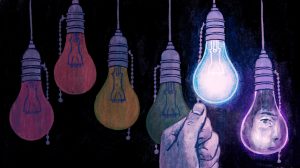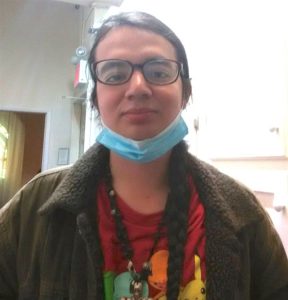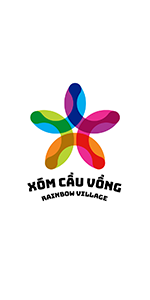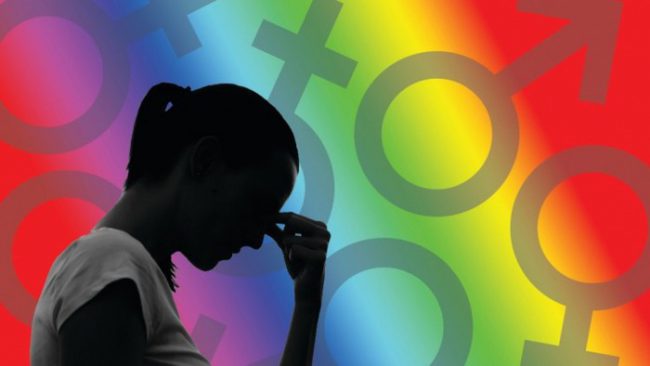With school closures, reduced services at LGBTQ community centers and a lack of family support, these young Americans are particularly vulnerable.
Finding a secure place to live has not been easy for Nez Marquez, 23, who has experienced homelessness for the past five years. Born in Mexico and raised in New York, he left home at 18 because his family did not accept his gender identity and sexual orientation, he said.

Marquez is staying at Sylvia’s Place, an emergency shelter for LGBTQ young adults on the bottom floor of a Manhattan church. He said shelters that specifically cater to lesbian, gay, bisexual, transgender and queer people are safer for him because he has been subjected to homophobic attacks at general-population shelters. But now, in addition to anti-gay violence and the inherent dangers of life on the streets, Marquez has another fear: the coronavirus and its ripple effects.
“I’ve been worried about not having housing,” Marquez said in an interview. “If where I’m staying shuts down, I’ll be out of options.”
Not only does he worry about being “forced to live in a homophobic environment,” but he also has a congenital lung issue, putting him at higher risk for adverse outcomes if he were to get COVID-19, the illness caused by the coronavirus.
LGBTQ youth and young adults, like Marquez, make up a disproportionate number of homeless young people, and this vulnerable demographic is facing unique hardships amid the global health crisis. With countrywide shutdowns of schools and youth programs, diminished office hours at LGBTQ community centers and, for many of them, unsupportive family members, these young Americans and the organizations that serve them are forced to find new ways to get and provide support.
Increase in needs, decrease in services
LGBTQ adults make up an estimated 4.5 percent of the U.S. population, but recent studies have found that 20 percent to 45 percent of homeless youth identify as LGBTQ, and among young adults ages 18 to 25, LGBTQ people have a 2.2 times greater risk of homelessness than their non-LGBTQ peers, according to a new research brief by the Williams Institute at UCLA Law.
Many homeless LGBTQ young adults rely on the approximately 260 LGBTQ community centers across the U.S. for their vital needs and general well-being. During the pandemic, however, many of the centers are reducing their hours and services or closing their doors completely to protect staff and visitors.

New York City’s LGBT Community Center, at the center of the pandemic in the U.S., closed its Manhattan location and suspended its in-person operations indefinitely on March 13. It is providing some services remotely, such as individual counseling sessions, 12-step support groups and youth social programs. Similarly, the Los Angeles LGBT Center has canceled all nonessential meetings and limited its youth programs to lunch services and critical needs while keeping its housing center open.
Detroit’s Ruth Ellis Center, which includes drop-in services, a health clinic and an overnight shelter, has also reduced some of its services. Before the coronavirus crisis, the drop-in center offered hot meals and showers daily and professional skills training three days a week. Now, the center is open only to distribute groceries from its front doors on Mondays and Wednesdays from 3 p.m. to 5 p.m. Staff members are still doing videoconference appointments for behavioral health and primary care.
“The need for services is increasing, and the availability of services is decreasing,” said Kate Barnhart, executive director of New Alternatives, a New York City-based nonprofit for LGBTQ homeless youth. Barnhart said the pandemic has further complicated her clients’ already inconsistent access to care, particularly when it comes to their health needs.
“Our clients rely on nonprofits to provide health care, and a lot of those places have closed or shut down hours,” she said, saying a client of hers recently ran out of psychiatric medication when all her go-to medical providers were closed because of the crisis. Barnhart said a third of her clients are living with HIV, and she fears what will happen if they are unable to get their daily medication.
Source: NBC News

